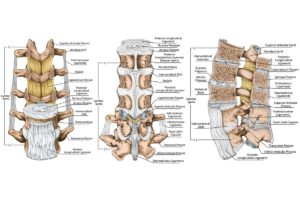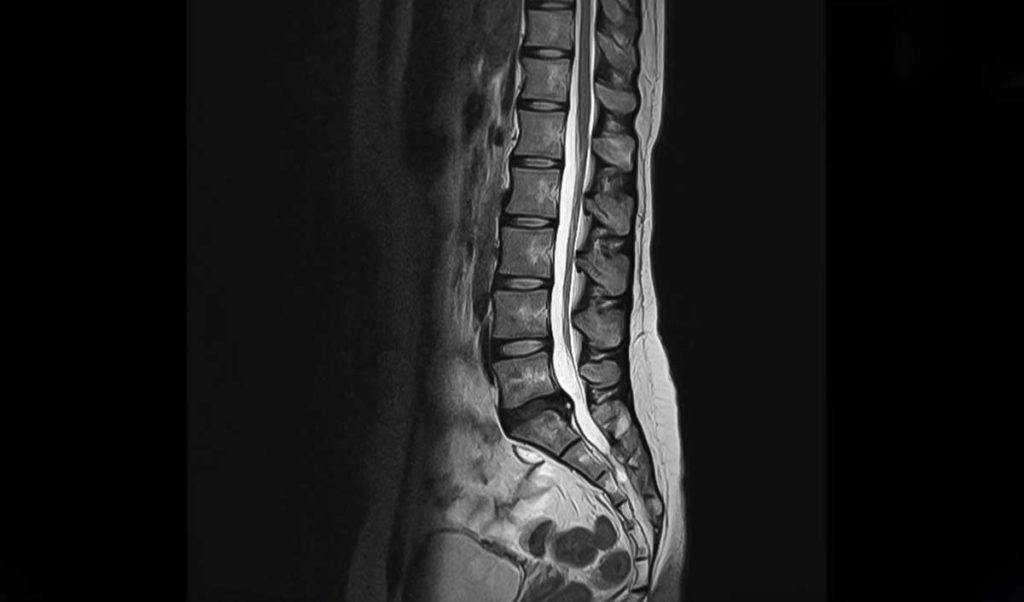
Disc-related Back Pain
Typical Symptoms
Individuals with disc-related back symptoms can experience pain that is localised to the back or a shooting sensation that spreads along the back and into a limb.
The exact location of the pain depends on where in the spine the disc change has occurred and, depending on what aspect of the nerve is being compressed, there can also be associated numbness, tingling or weakness in the same distribution of the pain.

What causes it?
Disc-related pain can be an acute or degenerative (wear-and-tear) problem. Acutely it can be triggered by sudden loading, pressure changes or changes in activity. This can include sudden lifting or twisting of the back or even suddenly coughing or sneezing.
From the degenerative perspective, it can be due to a chronic repeated pressure from occupational or sporting activities that can come on progressively or be brought on by a sudden pressure change.
How can I help myself?
Back pain can be incredibly frustrating but it is important to be optimistic as for the majority it can be improved. Consider what activities might be contributing to the symptoms and try to identify ways of modifying these to offload the back is important.
Analgesia such as anti-inflammatories, muscle relaxants and heat packs can be helpful; some can help settle nerve pain but there can be unwanted/unexpected side effects. Maintaining activity is important and also you can try other treatments such as acupuncture or massage for muscle tightness.
When to seek help?
If symptoms are severe or limiting your function and impacting on your daily activities, work or hobbies, then it is important to get this assessed.
Equally, if you have red flag symptoms (trouble controlling or a change in bladder or bowel habits, or numbness around the back passage) you should be assessed urgently.
What are the treatment options?
Your clinician will assess you clinically with a thorough history and examination to identify where the pain is originating from.
An initial X-ray may help identify narrowing or degenerative changes in the spine, but an MRI may be needed for greater clarity. Even if there is a disc-related problem, your symptoms may improve with analgesia, physiotherapy and acupuncture alone.
In some situations, an ultrasound-guided nerve root injection can help alleviate pain radiating into the limbs, which can then be followed by rehabilitation. In situations where the pain is not settling or the spinal cord is being compressed in a dangerous manner, a surgical intervention may be required.
Related treatments
Related Conditions
